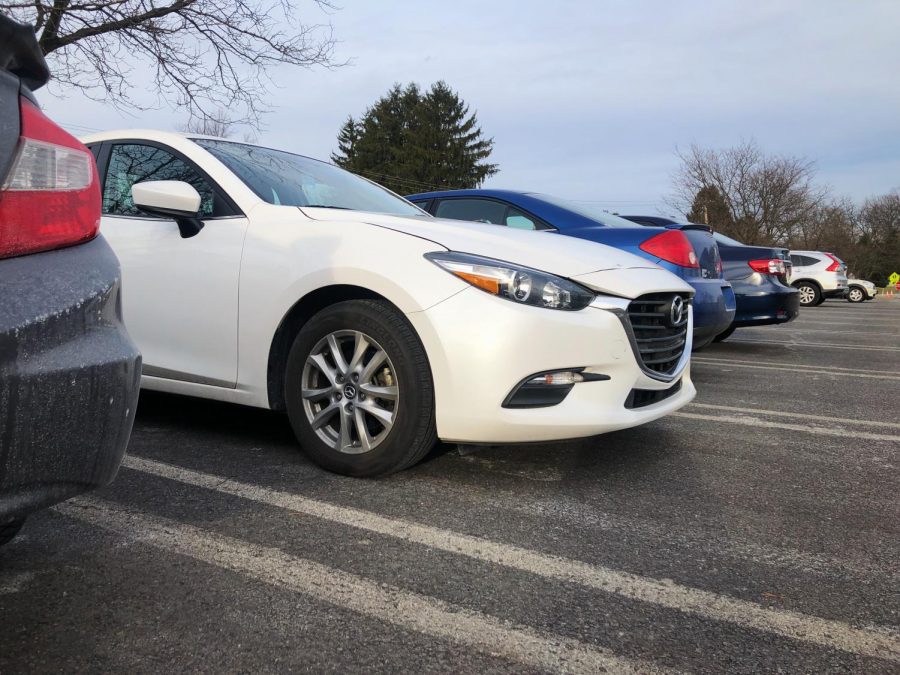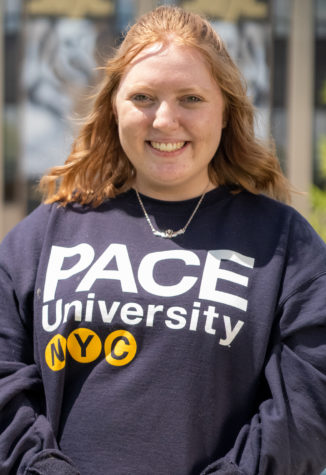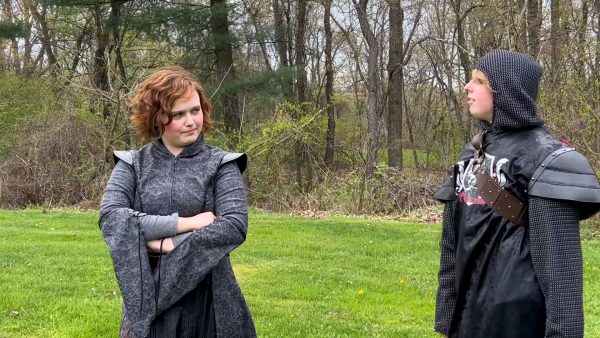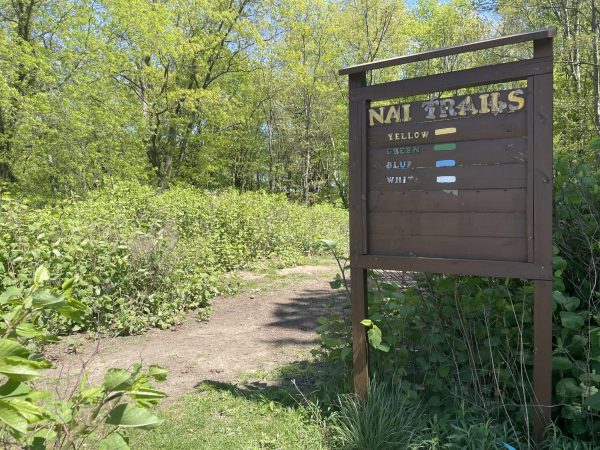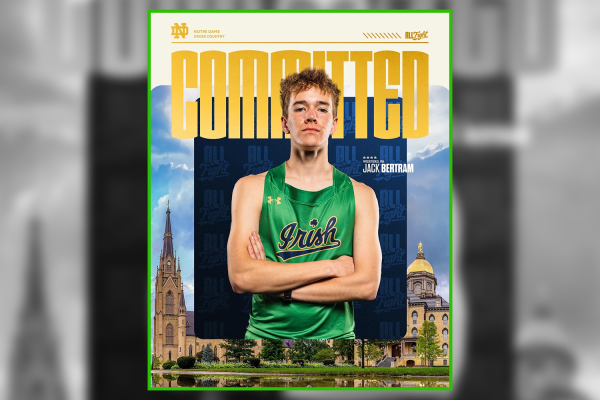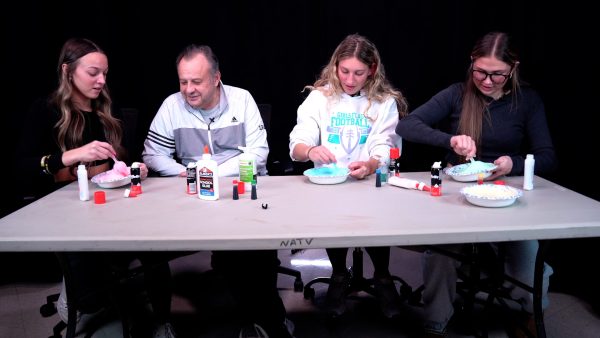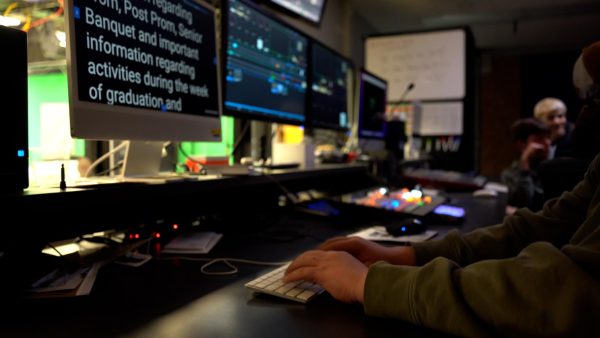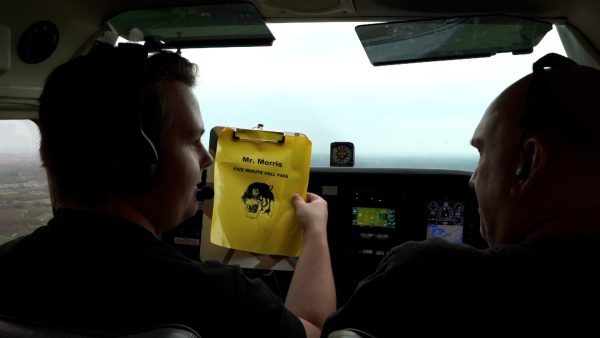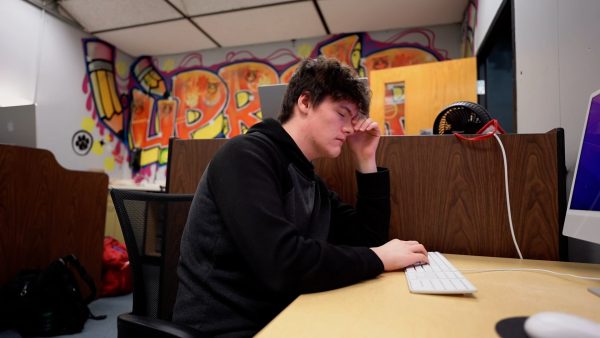Parking? Pass.
Though they’re eligible to drive, more and more teens choose to go unlicensed.
Empty spots in the school parking lot reflect a national trend: The number of licensed teen drivers continues to decrease.
January 9, 2020
Like many of the students at North Allegheny, Daniel Schaub starts his day by revving up the engine of his car and driving himself to school. The junior had always placed an emphasis on ensuring he got his license as quickly as he could.
“I wanted to be able to drive to school as much as possible,” Schaub said. “I am the type of person who is always on top of everything, so getting my permit immediately was the perfect thing for me to do.”
And now his preparation has paid off. Schaub is loving life and the freedoms that come with possessing a driver’s license.
At the time when I turned sixteen I didn’t want it, but now I want it just for the option of freedom.
— Will Palicki, junior
Many students have realized, however, that a pattern has arisen amongst the current generation. The motivation to obtain a driver’s license has decreased significantly among 16 year olds in recent years. A report by the AAA Foundation for Traffic Safety stated that only around 44% of teenagers, as of 2013, are licensed within their first eligible year. Likewise, according to Wired, only 71% of high school seniors have their driver’s license, which is one of the lowest percentages in decades.
Junior Will Palicki is among the growing group of 16 year olds who don’t drive.
“I had no real reason to get my license,” Palicki said. “I didn’t have a car to drive, so there was not really a purpose for getting a license. My parents preferred that I wait than test when I didn’t really want to, so there was no rush or pressure for me to get my license.”
Palicki turned 16 in August of last year, but now that he’s nearly halfway to 17, he is beginning to regret not acting quickly after his birthday.
“At the time when I turned sixteen I didn’t want it, but now I want it just for the option of freedom,” he said. “I wish I’d thought ahead and taken into consideration that it would be a while until I could get my license.”
Schaub completely understands Palicki’s misgivings.
“I feel that waiting to get your get your license [after turning 16] is detrimental unless you truly feel like you are not ready,” Schaub said. “If you wait, you will just keep putting it off.”
But teen driving entails a far heavier concern than feeling prepared for the driver’s test or having an available car at home.
According to the National Highway Traffic Safety Administration, 3,255 teen drivers aged fifteen to nineteen were involved in fatal crashes in 2017. Thus, while taking the steps towards getting a permit and license ensures a new degree of freedom for teens, they must make sure they’re ready for the road before they take these steps.
PennDOT has taken strides to help teens learn how to be conscientious drivers. By instituting a junior license that applies to drivers under the age of 18, the state has regulated passenger limitation and curfew rules that help keep drivers’ minds on the roads. The number one cause of death amongst teens continues to be car accidents, but with the junior license rules, the state hopes to minimize these fatalities.
The fear of being a part of this statistic may be a major contributor to the decrease in licensed teen drivers, but for Schaub, the positives outweigh the anxieties.
“Although I was scared at first, I was extremely excited to have the freedom to go anywhere,” he said.

